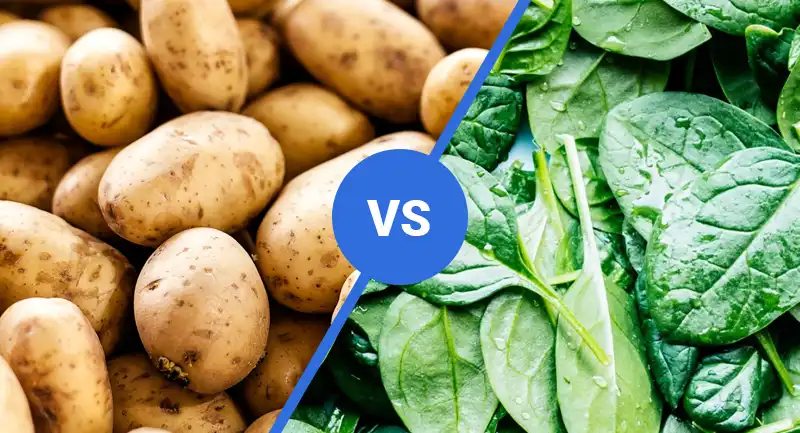
Do you feel more potato or spinach?, radish or pea? Find out and have fun with this personality quiz!
LVegetables broadly defined as any type of plant or plant product, i.e. “plant material”. Generally, in narrow usage, the term vegetable usually refers to the fresh edible parts of certain herbaceous plants, such as roots, stems, leaves, flowers, fruits, or seeds. For more information on growing vegetables, see Growing Vegetables. See Vegetable Processing for nutritional composition and processing of vegetables. Almost all major vegetables were cultivated by ancient Old World or New World civilizations and their nutritional importance has long been recognized. Most fresh vegetables are low in calories and contain 70% water. % or more, with about 3.5% proteins and less than 1% fat. Vegetables are an excellent source of minerals, especially calcium and iron, and vitamins (mainly A and C). Almost all vegetables are rich in fiber and antioxidants. Vegetables are generally classified according to the part of the plants used for food. Root vegetables include beets, carrots, turnips, sweet potatoes, and turnips. Stem vegetables are asparagus and kohlrabi. Edible tubers or rhizomes including potatoes. Vegetables can be washed, sorted, graded, chopped and packaged for sale as fresh. Fresh vegetables are susceptible to rapid aging and spoilage, but preservation methods such as drying, canning, freezing, fermentation or pickling can prolong their shelf life.

